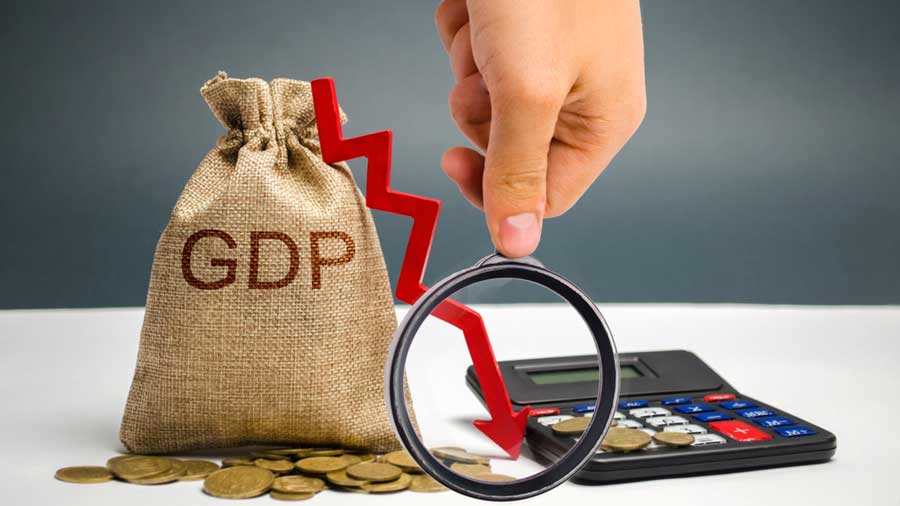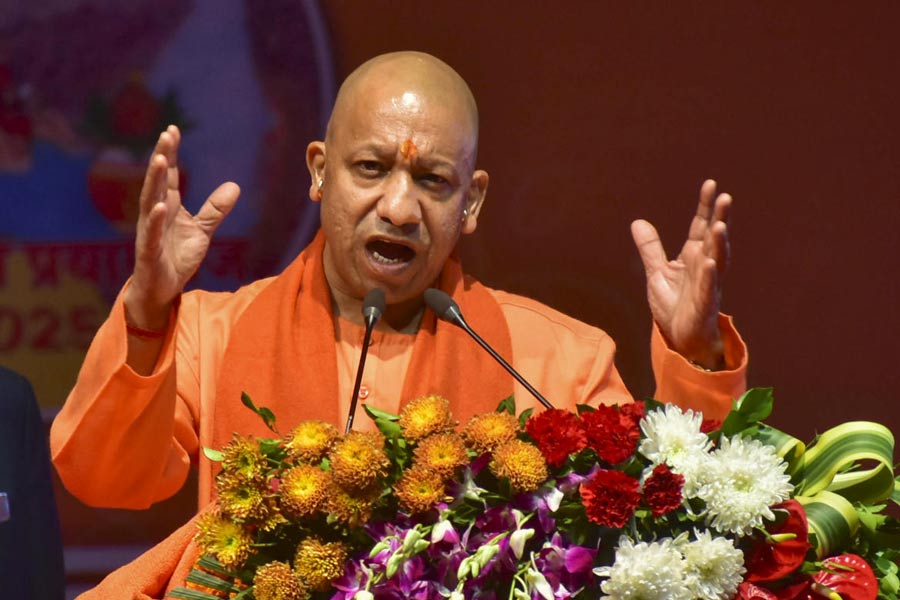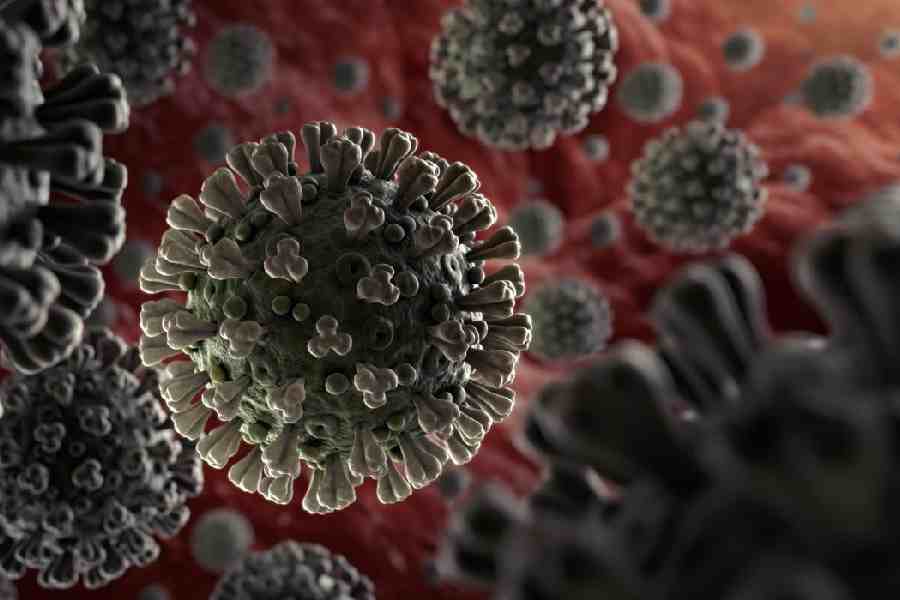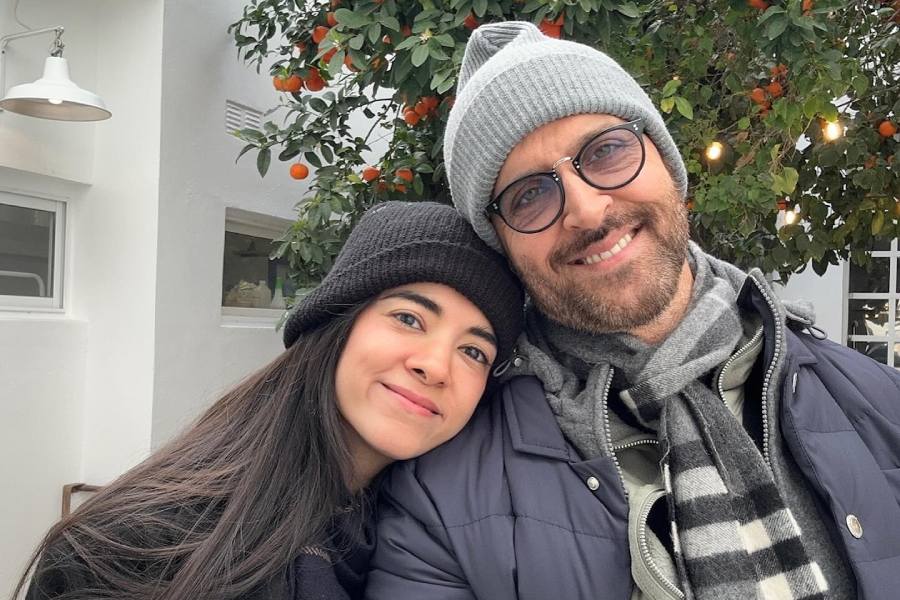The current forecasts for the growth rates of gross domestic product are, expectedly, quite grim. The real GDP, that is national income corrected for price changes, is estimated to contract by 7.7 per cent in 2020-21 compared to a positive growth of 4.2 per cent in 2019-20. The nominal GDP, measured at current prices, is also expected to shrink by 4.2 per cent this fiscal. The contraction in both real and nominal GDP is unprecedented in India’s history. It has never happened before, even though the economy has experienced many shocks and slowdowns in the past 73 years. Part of this can certainly be attributed to the pandemic. However, the policy response to the pandemic in terms of a strict and sudden lockdown has much to do with the magnitude of the contraction. Moreover, the policy response to the economic disruptions caused by the pandemic has been inadequate and misdirected. Instead of boosting aggregate demand, policies were focused on the availability of credit on the supply side. In other words, a more demand-generating policy stimulus would have kept the contraction a little more in check. It is important to note that the Union government’s budgetary proposals are based on the estimated nominal GDP. Hence, the finance minister will have a difficult task fixing fiscal strategies and budgetary schemes on February 1 when the new proposals are placed before the nation for the year, 2021-22.
The supply-side strategy has not worked. The financial sector is in a mess, with a lot of confusion regarding the plethora of schemes that were announced in the earlier part of the fiscal year. Unemployment is high. Retail inflation is out of target. Food insecurity looms large for poor Indians. Some industries are on the verge of complete collapse. The core sector industries are shrinking on account of the lack of demand. The finance minister has hardly any choice but to increase the fiscal deficit. There is nothing wrong per se with a hike in the deficit, especially in an extraordinary year. However, much depends on how the additional borrowed resources are spent. If they are spent in areas where mass consumption demand is not affected, like defence spending, for instance, the deficit will not spur growth. On the other hand, if they are spent wisely to boost demand for mass consumption goods like cheap textiles, the deficit can be a way for everybody, both the private and the public sectors, to earn more in the near future. Only then can the economy slowly claw its way out of the deep ditch where it is now.











